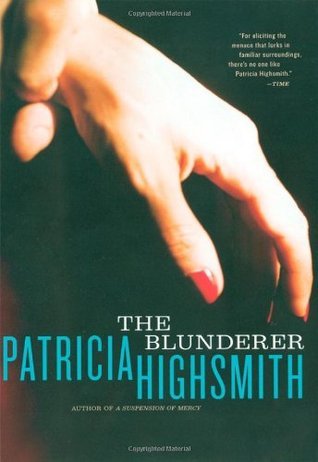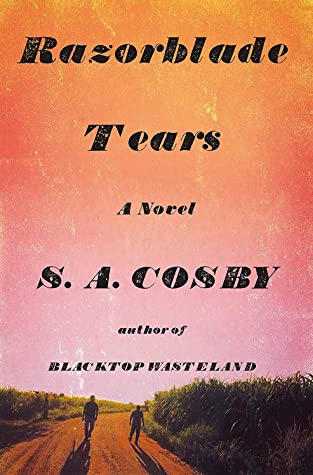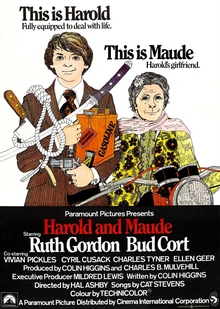Title: Frailty
Rating: 5 Stars
I was on a cross country plane ride a little bit ago. For the ride, I decided to watch two of my all time favorite films. I’ve already written about Killing Them Softly. One of my other favorites is Frailty.
It is a strange film with a strange provenance. It was a passion project for, of all people, Bill Paxton. Jokingly, he said that he called it Frailty because at any point in time the project felt like it could collapse.
There is a serial murderer that calls himself the God’s Hand. A man (Matthew McConaughley) comes to the FBI claiming that the killer is his brother. The FBI agent (Powers Boothe) is skeptical but hears his story. Most of the film is told in flashback.
Fenton and Adam Meiks are two young brothers living in a small town in Texas. Their mother died giving birth to Adam. The older brother Fenton has taken on much of the role of the mother. He looks after Adam. He cooks for the whole family. Their father (Bill Paxton) works as a mechanic. Although there’s only three of them, they seem to have adjusted and are living perfectly normal and happy lives.
That is, until one night the father bursts into the children’s bedroom, turns on the lights, wakes them up, and tells them that he has momentous news. That night, an angel came down from heaven and told him that he and his children have a mission. There are demons that live among us. Their job, passed down from God, is to destroy the demons.
Adam is excited by the news. Fenton thinks that their father is losing his mind. Hoping that it will go away, instead the father becomes more enthusiastic as God points him to the three implements that he must use to destroy demons: an ax, a pair of gloves, and a metal pipe.
Fenton still hopes that his father will come to his senses. One day, the father comes home. In his hand is the list of the first seven people that they must kill. These are just random names. He kidnaps the first one and knocks him unconscious with the metal pipe. When the victim is secured, he takes his gloves off and lays hands upon the victim. Then he can see all of the sins that they have committed. Enraged by the sins, he then kills them with the ax, chops them up, and buries them in a rose garden.
Adam completely believes his father. In fact, he comes up with a list of demons that they should destroy that just conveniently are kids that have crossed him. His father gently corrects him. Fenton is horrified that their father is now a murderer and plots an escape.
For future victims, it becomes a family affair. The children, even Fenton, against his will, are involved in the abduction of the next victim. Multiple people are murdered. Fenton finally rebels and runs away. He beseeches the local sheriff for help. Not believing him, the sheriff reluctantly agrees to investigate. His father murders him and is completely beset by grief because he ‘has never murdered before’. Destroying demons does not count as murder.
Things finally come to a head between Fenton and his father. Fenton knows that his father is a mass murderer while his father has come to believe that Fenton is a demon.
Decades later, Fenton (McConaughley) has come to the FBI agent because he believes that Adam, now an adult, has taken on their father’s role as a destroyer of demons.
There’s a lot of twists and turns here that I won’t go into. I know that it’s a 20 year old film, but I wouldn’t want to spoil one of my favorite films.
The main thing that I love about this is that Bill Paxton brings his most simple, down home, aw-shucks demeanor to the role. He’s not some gospel spouting, wild eyed mad man. He’s a loving, hard working father that just happens to have visitations from an angel. He’s doing the Good Lord’s work as best as he can. There’s not even a twitch of irony in his acting.
Fenton, desperate to keep the family together, tries to talk sense to his father. Failing that, he wants to get away with Adam. Adam, full of hero worship of his father, cannot understand why Fenton doesn’t want to destroy demons as God told their father to. Since we see the family through Fenton’s worldview, we are horrified by what the family is turning into.
Beyond the interesting family dynamics behind the scenes of horror, I find the whole voice of God angle interesting as well. Throughout history, many people have heard the word of God and have been inspired to take action. This goes all the way back to God instructing Abraham to kill his only son Isaac. Many other times people have been led astray by voices in their head claiming to be God (eg Charles Guiteau assassinating President James Garfield because God told him to).
How do you know when it truly is the voice of God or just a symptom of a mental illness? Who gets to decide?










